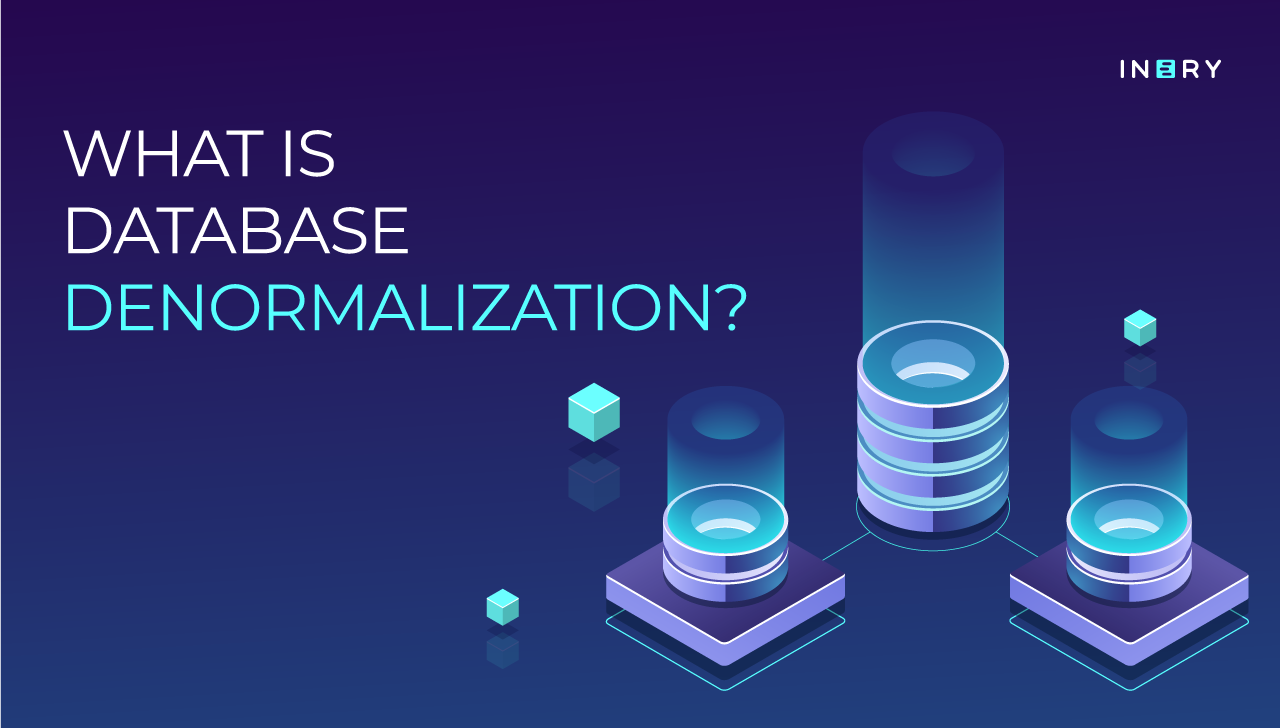Months after the violent shuttering of FTX, the fallout in the crypto market stays strong. The collapse of the central crypto exchange (CEX) created a confidence vacuum that made the ongoing crypto winter even colder.
But with pain comes wisdom, and the whole FTX situation gave us both in spades. In a way, it was a wake-up call to show us how precarious the progress made by the crypto market is. So, let us rummage through the ruin that is FTX and dig out the most salvageable takeaways.
The Crypto Cult of Personality
Cryptos, especially those of the non-stable denomination, are more than a little volatile. Market fluctuations happen almost on a whim, and seemingly minor events can really shake up prices. The value depends on opinion, and the trouble starts when the opinions of others—and our opinion of others—get a signal boost.
Sam Bankman-Fried, the founder and face of FTX, was a bit of a crypto darling before the news broke. Just scratching into his thirties, SBF was among the 50 richest Americans in the Forbes 400, worth around $16 billion. Not only that, but he was a known philanthropist and a Democrat donor. He projected a very particular image: one of a humble, scruffy-haired wunderkind dressed just right for a trip to get a pack of cigarettes.
Although it looks silly, this carefully-curated image created a veneer of confidence around SBF’s enterprise. It appealed to the hip, young crypto crowd, and it appealed to the investors who saw a young man too busy with his business to even get a haircut. In essence, with the way he conducted himself, SBF built up value for FTX that wasn’t really there. Everyone was sure he knew what he was doing and that he was going about it like a boy scout. As it turns out, that trust was misplaced.
Granted, a trustworthy “face on the tin” is a good idea for every corporation, even outside of crypto. However, it’s especially effective in a “decentralized community” where Elon Musk tweets a photo of a painting with a dog, writes “Doge Barking at the Moon,” and practically doubles Dogecoin’s value.
The personality behind a crypto project isn’t indicative of the value of that project. If anything, the spokesperson is just a way to pull the wool over our eyes.
Centralized Governance Over Decentralized Tech
The main idea behind decentralized technology like cryptocurrencies and the blockchain is to remove central authorities. But decentralized tech is still new to the public. In their eyes, it’s also untested and fairly inaccessible (from a user-friendliness standpoint). For the time being, a central authority like a CEX is a convenient solution for simplified crypto transactions.
From here, some serious problems emerge. All the values that make people appreciate crypto, like transparency and decentralization, are dampened. Power is concentrated in one authority, and all stakeholders have to roll with the decisions it makes.
The issue arises—horrifically so—when the central exchange makes bad decisions. For example, FTX offered wallet custody services. As such, when it went under, FTX also took customers’ assets worth $8 billion with it. Of course, asset commingling and the use of software to hide the misuse of customer funds weren’t voted on by the FTX user base, either.
Decentralized cryptocurrency under centralized management isn’t all that decentralized, and that management can drive the whole enterprise to the ground. Also, as an aside: self-custody wallets are safer.
Maybe Some Regulation Is a Good Idea
Besides being a recent tech, cryptocurrency is also poorly regulated. In a few ways, this has worked in its favor, like allowing a coin’s value to skyrocket in short growth spurts. But beyond growing power and upholding libertarian ideals, crypto’s lacking regulation has also been an impediment. A combination of centralized power and lax regulation is dangerous, to say the least.
In FTX’s case, poor oversight over the company’s financial dealings enabled the liquidity drain that ultimately shuttered it. The fact that they didn’t even hold board meetings or have independent directors should have been a red enough flag. The management’s inexperienced (or intentionally criminal) actions could have reigned in with the right risk reporting, record keeping, and jurisdiction.
Regulation for how centralized exchanges record and monitor transactions and report risks could ensure the safety of customers’ funds. A structured set of practices built upon FATF (Financial Action Task Force) recommendations for VASP (Virtual Asset Service Providers) monitoring might be a good start. Japan’s regulatory efforts (e.g., the 2017 Payment Services Act update, establishing the Japanese Virtual Currency Exchange Association, etc.) are worth considering, too.
DeFi Will Survive
The FTX debacle cast doubt on an already-chilled crypto market. At the time, some were certain it was the straw that would break crypto’s back. To be sure, the market is still on a tightrope as the dominos keep falling and bank after exchange goes out of business. But DeFi is robust enough to survive the turmoil and even come out stronger.
More specifically, decentralized exchanges (DEX) have stood strong throughout the ordeal with FTX. The traffic and transaction volume on big DEXs like Uniswap briefly surged, nose-dived, and then settled at a similar rate seen throughout 2022. This shows us that crypto communities still have trust in DeFi protocols. The problem wasn’t decentralized technology; it was the oligarchical structure above it.
If anything, FTX’s unceremonial removal from the stage may create the pressure needed to weed out poorly thought-out blockchain projects. Cryptos with actual utility and sustainable roadmaps will push through the extinction event, whereas others won’t. In fact, a new chapter of blockchains oriented around utility may grow from the rubble of FTX. But the market will have to climb out of the crucible of adjacent institution collapses (banks, exchanges, etc.) and SEC crackdowns first.
Inery: Advocating for a Decentralized, Utility-Based Blockchain
Inery’s proprietary layer-1 blockchain is designed around a strong goal: creating a decentralized database management solution for a secure and transparent data environment. This distributed ledger makes data traceable and exchangeable without the need for a centralized intermediary. As such, all applications built on the Inery blockchain can reach the decentralized ideals that make crypto and the blockchain worthwhile.
Despite the hardships DeFi and other decentralized protocols are facing, these technologies will survive and thrive. They just need a scalable, decentralized, and robust foundation. So take a quantum leap with Inery, and experience the power of decentralization in a sustainable way.

Inery•
7 months ago
How Decentralization Empowers Digital Freedom: The Data Rebellion
In the Data Rebellion, decentralization liberates, reshaping how individuals and businesses own data and experience digital freedom. ...READ MORE

Share

Inery•
11 months ago
What Is Database Denormalization? Guide + Tips
Denormalization can skyrocket query performance, but only if applied correctly. Click here to learn everything you need to know. ...READ MORE

Share

Inery•
2 months ago
Decentralized Storage Solutions: Comparing IneryDB with IPFS and Filecoin
Discover the leading decentralized storage platforms—IneryDB, IPFS, and Filecoin—each offering unique advantages for data management. ...READ MORE

Share

Inery•
3 months ago
Building Trust in Digital Transactions: The Role of Decentralized Identity Systems
Learn how decentralized identity systems supported by blockchain, like Inery, provide a secure, private, and controlled way to manage digital identities and build trust online. ...READ MORE

Share
Most popular today


-1696493909.png)
